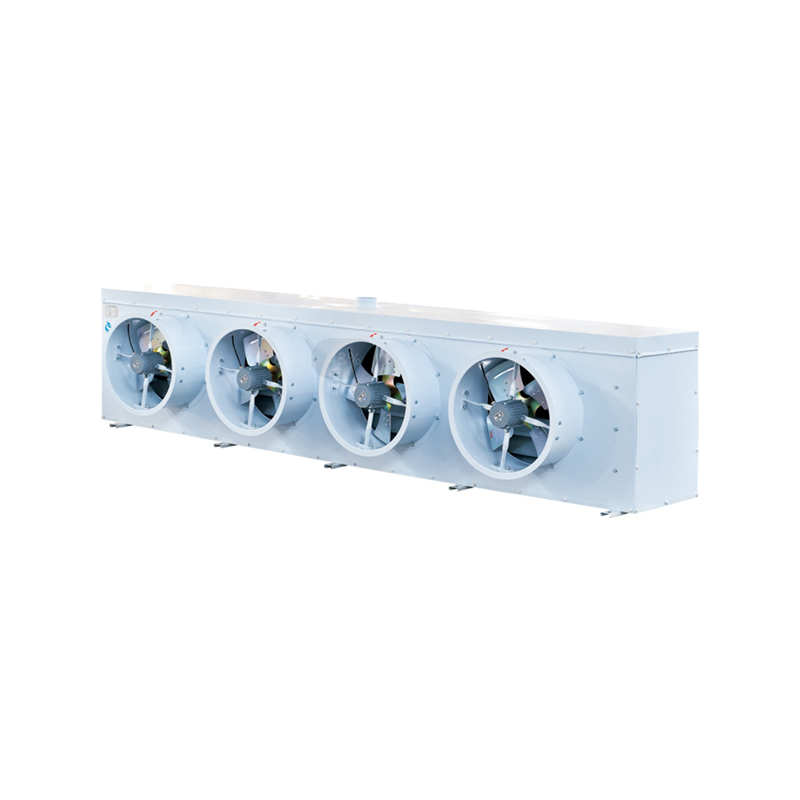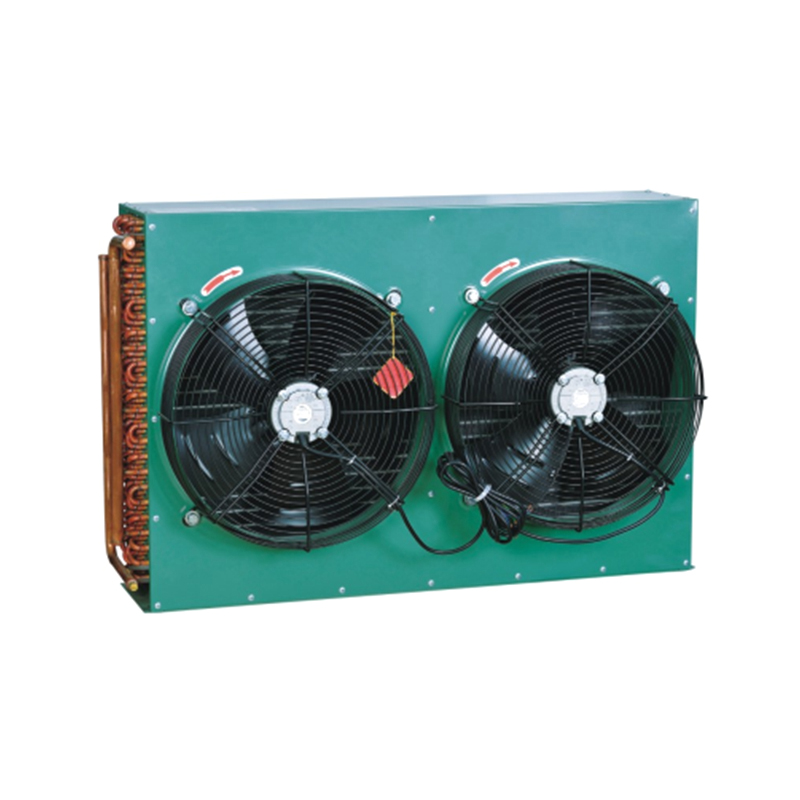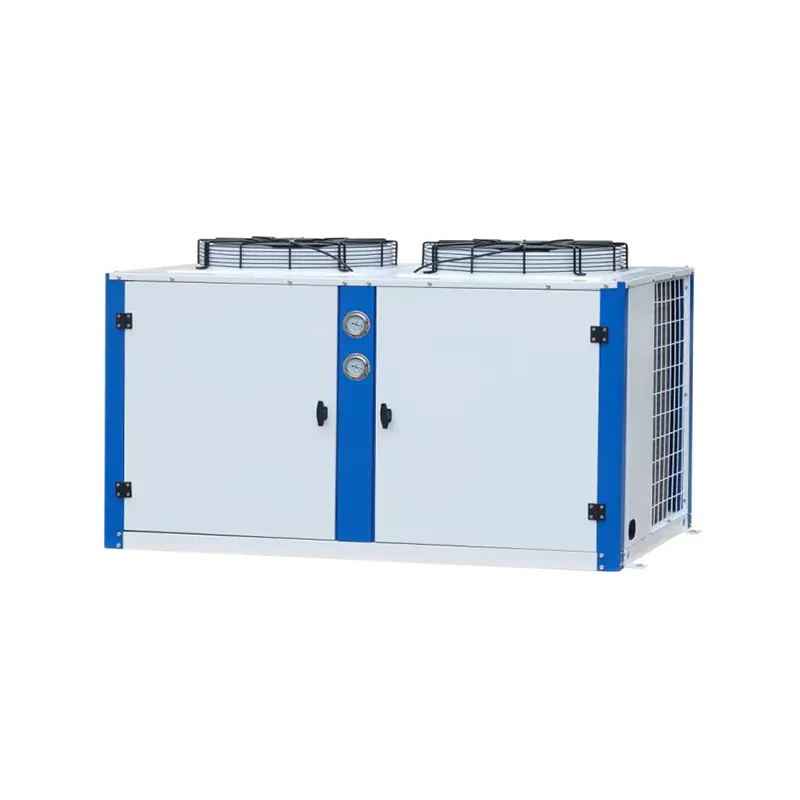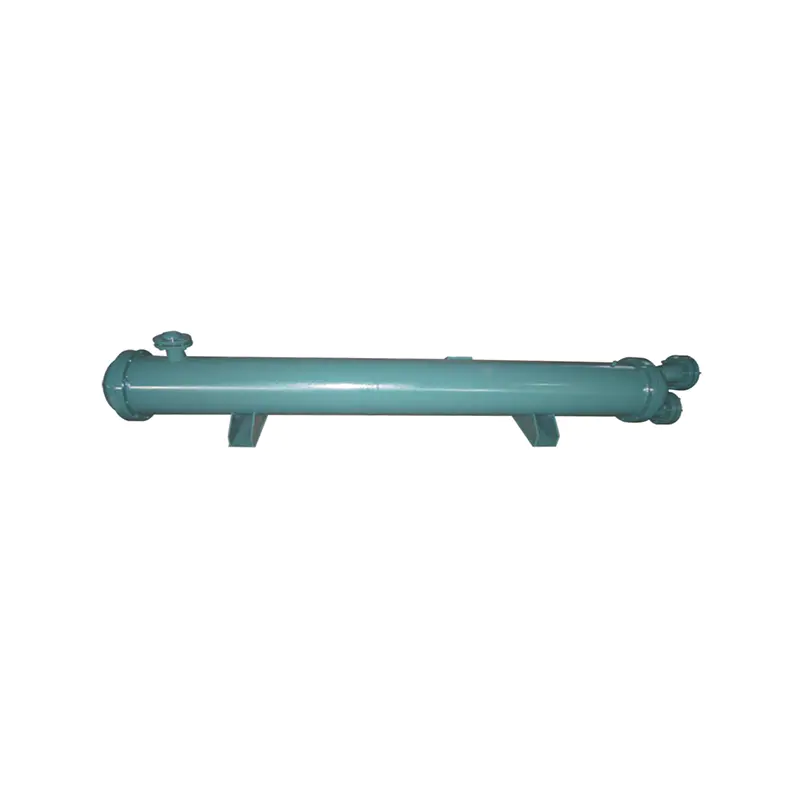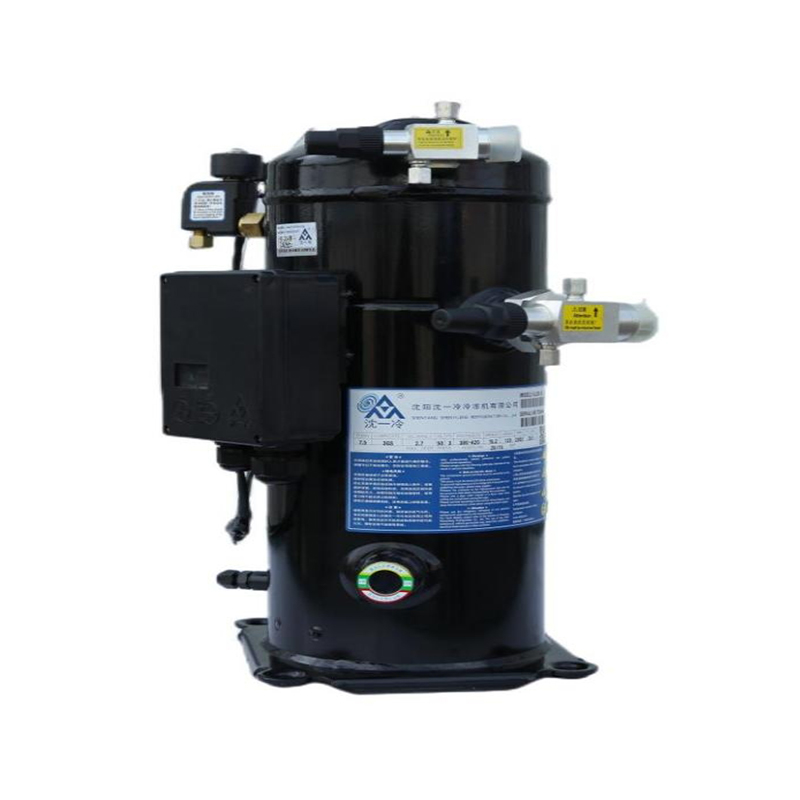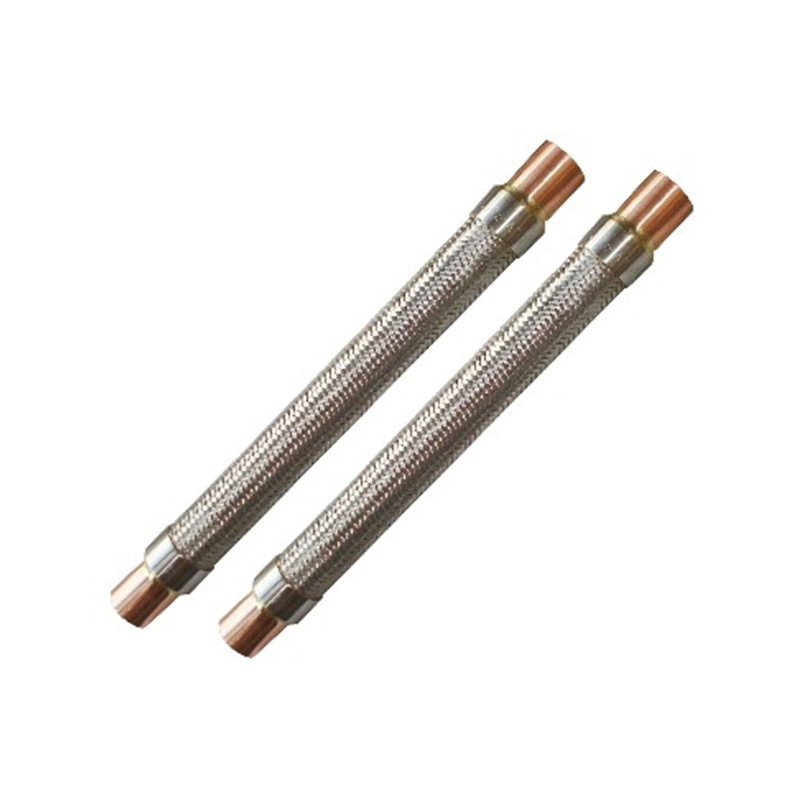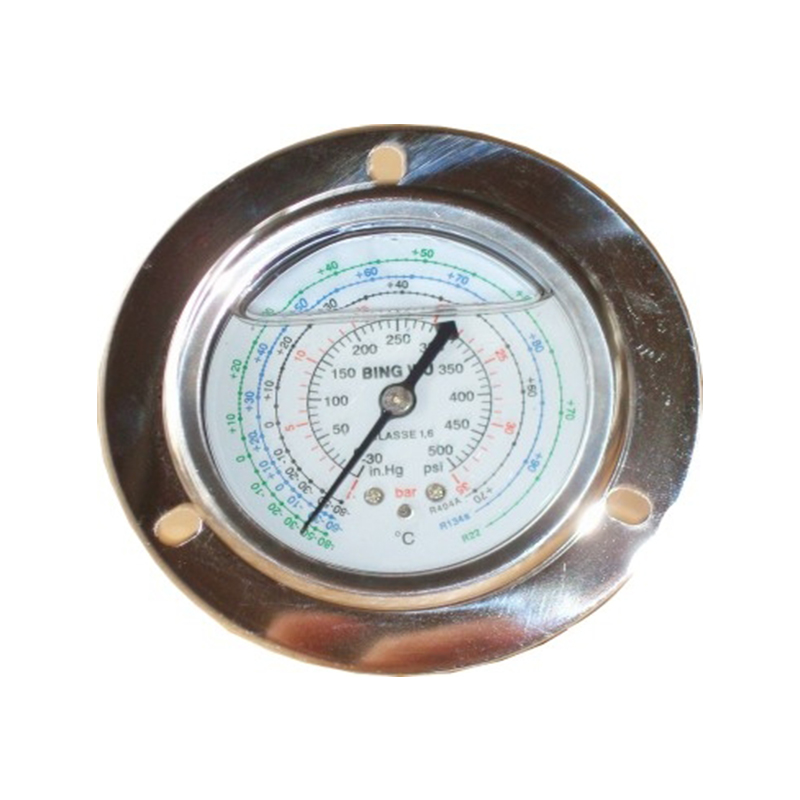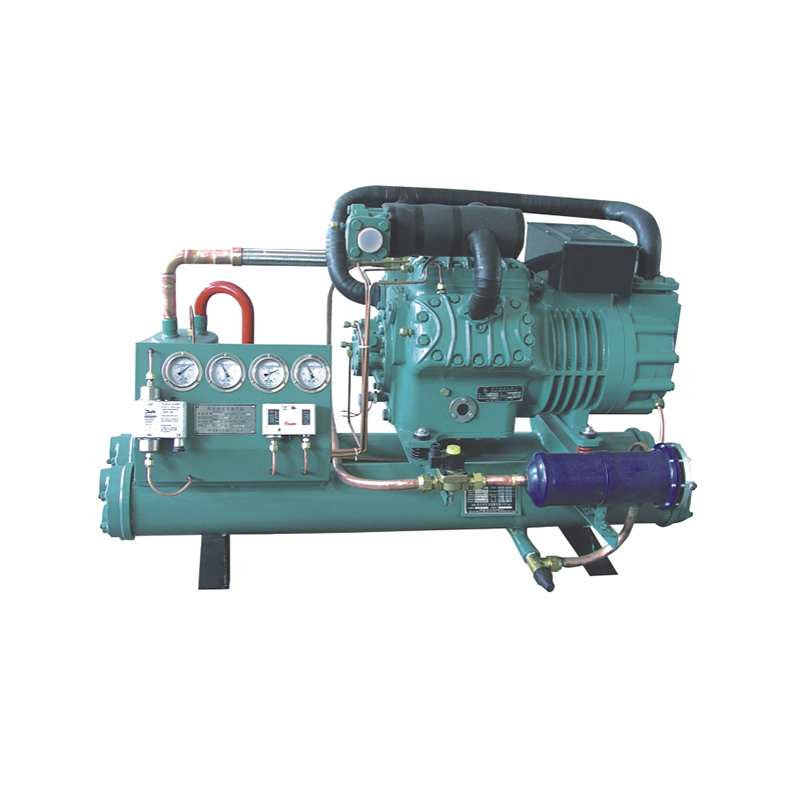Common Refrigeration Accessories
1. Compressor and its auxiliary devices
Responsible for compressing low-pressure, low-temperature refrigerant into high-pressure, high-temperature gas, they are the core power source of the refrigeration system. They are often used in conjunction with devices such as oil separators and oil level gauges to ensure effective separation of lubricating oil and refrigerant, preventing oil backflow and affecting refrigeration efficiency.
2. Valve components
These include solenoid valves, pressure control valves, expansion valves (or capillary tubes), etc., which regulate refrigerant flow, pressure, and temperature for precise control of the refrigeration cycle. Solenoid valves enable rapid opening and closing, improving system response speed.
3. Heat Exchange and Piping System
Comprising the condenser, evaporator, copper tubing, and condensate pipes, these systems complete the refrigerant heat exchange process. Copper tubing is widely used for its excellent thermal conductivity and corrosion resistance and serves as the primary connection between key components.
4. Filtration and Separation Devices
Filters remove impurities from the refrigerant and prevent clogging. Oil separators separate oil from the compressor exhaust, reducing system pressure drop and protecting the compressor's life.
How can you improve the COP (coefficient of performance) of an older refrigeration system by upgrading its components?
1. Replace the high-efficiency oil separator.
Using a centrifugal oil separator allows for more thorough oil-liquid separation while maintaining a low pressure drop, reducing compressor power consumption and thus improving overall COP.
2. Introducing an inlet/condenser diffuser.
Installing a diffuser at the compressor or condenser inlet at an appropriately angled angle optimizes fluid velocity and pressure distribution, reducing compressor inlet resistance. Experimental results show that this can improve COP by approximately 3%–6%.
3. Upgrading valves and control components.
Using low-pressure-drop solenoid valves and precise pressure control valves ensures smoother refrigerant flow and reduces valve-induced energy loss. Combined with highly sensitive temperature/pressure sensors, this allows for more precise system regulation, further improving COP.
4. Optimizing piping and heat exchangers.
Replacing copper tubing with larger diameter or higher thermal conductivity tubing reduces piping resistance. Cleaning the condenser and evaporator or replacing them with high-efficiency finned heat exchangers can improve heat exchange efficiency, indirectly improving the system's cooling performance and COP.

